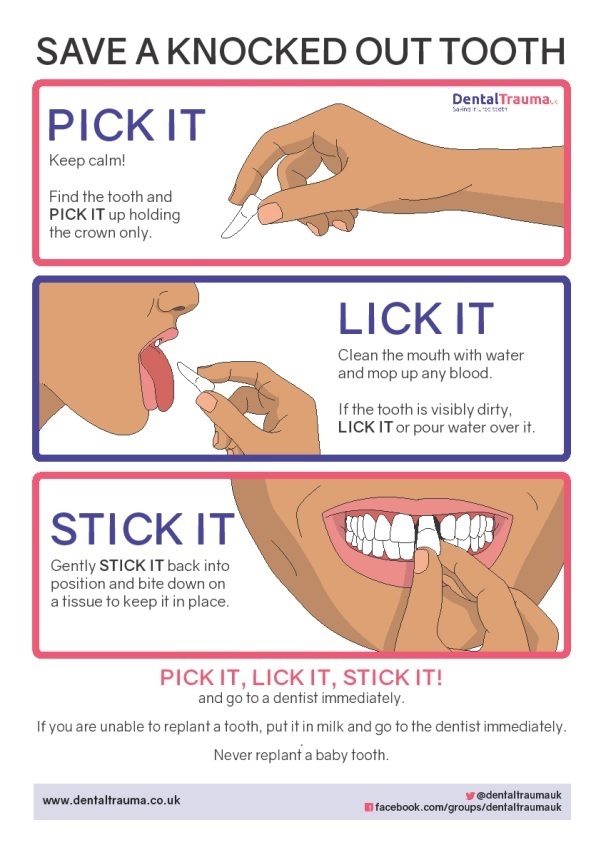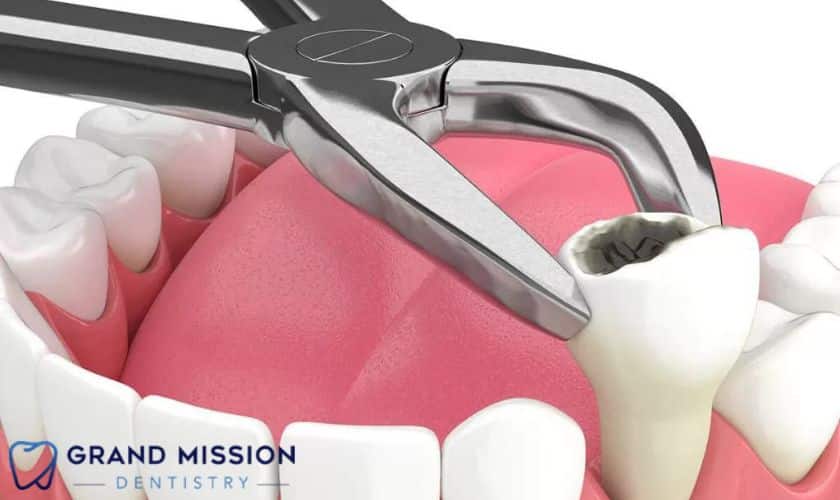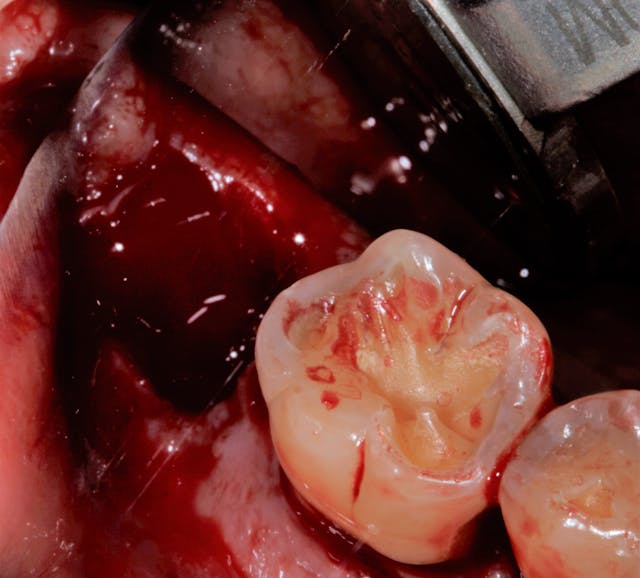Tooth extraction is a common dental procedure, often necessary for various reasons such as overcrowding, decay, or orthodontic purposes. However, one of the most common concerns after having a tooth extracted is managing bleeding. While minor bleeding is expected, excessive bleeding can be alarming. Understanding how to effectively manage and stop bleeding after an extraction is crucial for your recovery.
After a tooth is removed, your body initiates the healing process, which may include blood clot formation. This natural clot helps protect the wound and promotes healing. However, several factors can prevent proper clot formation or dislodge an existing clot, leading to continued bleeding. Here are some effective strategies to help you manage bleeding post-extraction.

Apply Gentle Pressure
One of the immediate actions to take after a tooth extraction is to bite down gently on a piece of clean gauze or a moistened tea bag placed over the extraction site. This pressure aids in the formation of a blood clot. Ensure that you maintain this pressure for at least 30 minutes without peeking under the gauze. If you notice bleeding continues after this period, you can replace the gauze with a new piece and bite down again.
Avoid Spitting or Rinsing
In the first 24 hours after the extraction, it is critical to avoid any actions that could dislodge the clot. This includes spitting forcefully or rinsing your mouth vigorously. Both actions can displace the clot and hinder the healing process, resulting in prolonged bleeding. Instead, if you need to rinse, do so gently with warm salt water after the first 24 hours, as this can aid in keeping the area clean.
Stay Upright
Maintaining an upright position can help reduce blood flow to the extraction site, which can, in turn, minimize bleeding. Avoid lying flat immediately after the procedure. Prop yourself up with pillows while resting to improve circulation and promote quicker healing.
Cold Compress Usage
Applying a cold compress to the outside of your cheek over the extraction area can alleviate swelling and reduce bleeding. The cold temperature constricts blood vessels, helping to control the bleeding. Wrap an ice pack in a cloth and apply it for 15-20 minutes at a time, allowing breaks in between.

Food and Drink Considerations
Be cautious with what you eat and drink after an extraction. Stick to soft foods and avoid hot liquids, as heat can promote bleeding. It’s advisable to consume cold or lukewarm foods and beverages. Additionally, try to chew on the opposite side of your mouth to avoid disturbing the extraction site.
Medication Awareness
If your dentist prescribes medications, especially pain relievers, ensure you follow the instructions carefully. Some medications, particularly aspirin and certain anti-inflammatory drugs, can thin the blood and exacerbate bleeding. Discuss any concerns with your dentist, who may recommend alternatives that are less likely to interfere with the healing process.
Avoid Smoking and Alcohol
Both smoking and drinking alcohol can hinder your body’s ability to heal and can lead to increased bleeding. Nicotine constricts blood vessels, making it more difficult for clots to form, while alcohol can exacerbate bleeding and delay recovery. Consider abstaining from these substances for at least 48 hours following the extraction.
Recognize Warning Signs
While some bleeding is normal, you should be vigilant about your body’s signals. If bleeding does not improve after a few hours of applying pressure, or if you experience excessive bleeding accompanied by other concerning symptoms like a rapid heart rate or significant pain, contact your dentist immediately. They can provide further evaluation and guidance.

Taking a proactive approach to manage post-extraction bleeding can ensure a smoother recovery process. Following the advice of your dental professional, along with these effective strategies, will help you navigate the healing journey more comfortably. By understanding and addressing potential complications, you can greatly reduce discomfort and promote a quicker return to your daily routine. Embrace these methods for managing bleeding, and remember that your body is capable of healing with the right care and attention.



